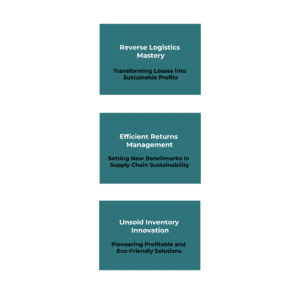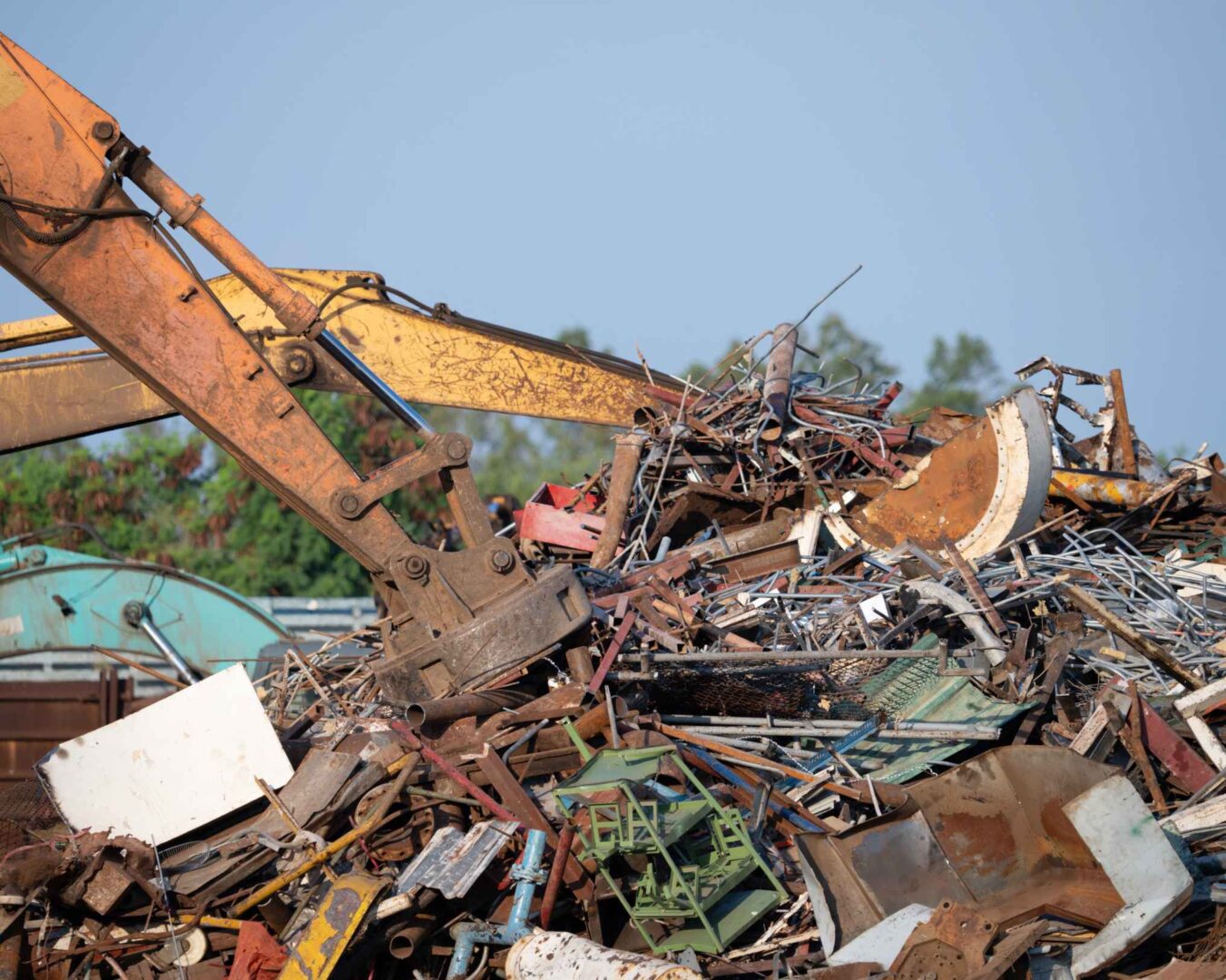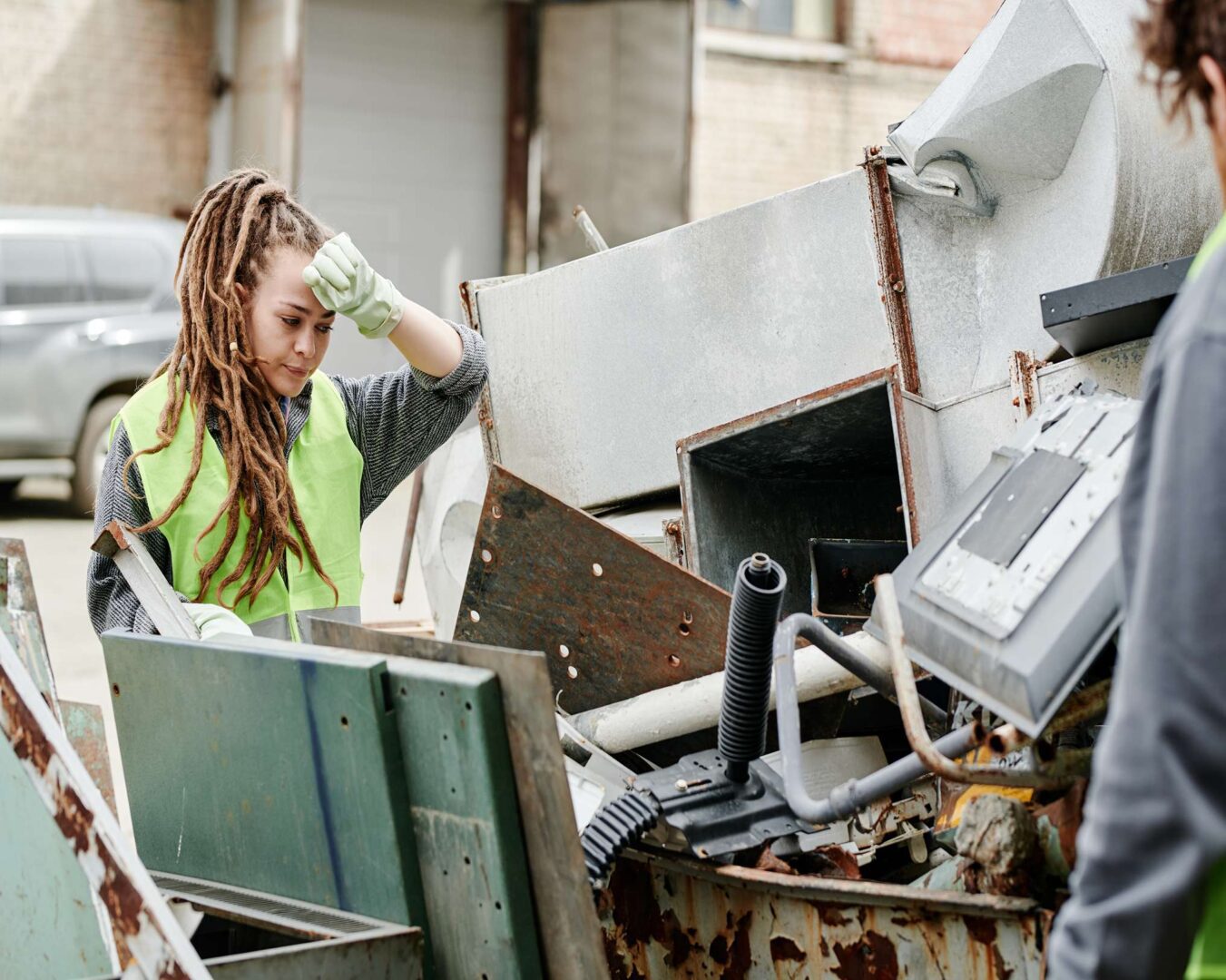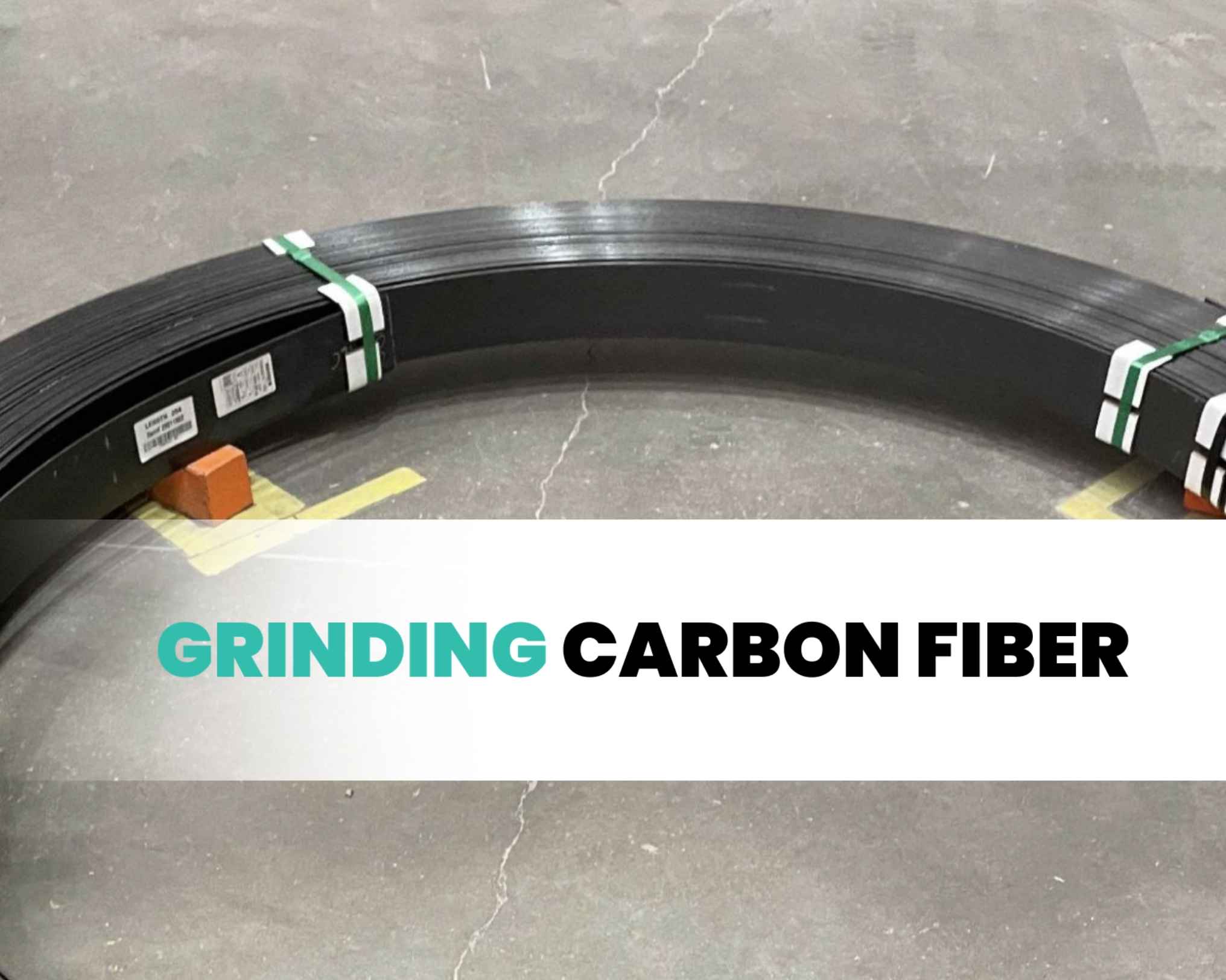Picture this: a world where every item you buy leaves a positive mark on the planet. Sounds like a dream, right? But it’s rapidly becoming a reality in the world of sustainable supply chain. In the heart of this transformation lies a pressing issue that resonates with us all: the urgent need for environmental stewardship intertwined with business operations.
A recent study by McKinsey revealed that companies with robust sustainable practices are 33% more likely to be market leaders.
This article isn’t just about understanding the ‘what’ and ‘how’ of sustainable supply chains, it’s a deep dive into turning a global challenge into a thriving opportunity.
We’re peeling back the layers of this complex topic, showcasing how pioneers like Happen Ventures are leading the charge, and offering insights that could revolutionize the way you think about every purchase and business decision.
Table of Contents
Understanding Sustainable Supply Chains
Before diving into the specifics, let’s understand what a sustainable supply chain really entails. It’s a holistic approach that considers environmental impact, social responsibility, and economic efficiency at every step, from sourcing to delivery.
In today’s world, where consumers are increasingly aware and regulatory bodies are more stringent, a sustainable supply chain isn’t just an option, it’s a strategic necessity for business survival and growth.
Key Components of a Sustainable Supply Chain
- Eco-Friendly Sourcing: This involves choosing suppliers who prioritize environmental sustainability, using renewable resources, and reducing carbon footprints.
- Efficient Manufacturing: Implementing processes that reduce waste, conserve energy, and utilize sustainable materials.
- Responsible Distribution: Optimizing logistics to minimize emissions, using eco-friendly packaging, and ensuring products are delivered in the most efficient way possible.
The Green Ripple Effect
When we talk about sustainable supply chains, it’s not just about the direct environmental benefits. It’s about the ‘Green Ripple Effect.’
This concept refers to how sustainable practices in supply chains can influence and inspire stakeholders, consumers, and even competitors to adopt greener practices.
For instance, a single company’s decision to use biodegradable packaging can inspire its entire supply chain to rethink packaging solutions.
This ripple effect magnifies the impact of sustainability, transforming entire industries towards a greener future.
The Current Landscape of Supply Chain Sustainability
The landscape of supply chain sustainability in 2023 is marked by a blend of challenges and innovations.
According to Infosys BPM, key challenges include increasing freight prices, limited supply of raw materials, and complexities in demand forecasting.
On the innovation front, digital transformation through AI and blockchain is creating more transparent and efficient supply chains.
Trends and Innovations
- Digital Transformation: Leveraging technologies like AI, IoT, and blockchain for better transparency and efficiency in supply chains.
- Circular Economy Models: Emphasizing the reuse and recycling of materials to create a more sustainable supply chain loop.
The Role of Reverse Logistics in Sustainability
Reverse logistics, a term that’s gaining momentum, especially in e-commerce, plays a crucial role in sustainability.
It involves the process of returning a product from the consumer back to the seller or manufacturer, which is pivotal in reducing waste and maximizing resource efficiency.
The Unsung Hero: Maximizing Resource Efficiency
Reverse logistics often flies under the radar, but it’s a hero in the sustainable supply chain narrative. It’s not just about managing returns, it’s about maximizing resource efficiency. By finding new life for returned or unsold products, companies can drastically reduce waste. This approach not only conserves resources but also opens up new revenue streams.
For example, refurbished electronics or upcycled fashion items can tap into markets that value sustainability and uniqueness.
Happen Ventures’ Approach
Happen Ventures has mastered the art of reverse logistics, turning what was once seen as a loss into a sustainable and profitable process.
By efficiently managing returns and unsold inventory, they are setting new standards in sustainable supply chain practices.
Reducing Waste in the Supply Chain
Waste reduction is a critical component of sustainable supply chains. It’s not just about reducing physical waste but also about optimizing processes to prevent overproduction and underutilization of resources.
Strategies for Waste Reduction
- Inventory Optimization: Balancing supply and demand to prevent overstocking and underutilization.
- Product Life Cycle Extension: Designing products for durability and longevity to reduce the frequency of replacements and waste generation.
Aligning with Broader Sustainability Goals
Sustainable supply chains are integral to achieving broader sustainability goals. They help businesses align with global standards and consumer expectations, which are increasingly leaning towards environmental responsibility.
Happen Ventures’ Unique Position
Happen Ventures stands out in the sustainable supply chain landscape with its unique focus on waste reduction and reverse logistics. Their approach not only meets regulatory requirements but also resonates with the growing consumer demand for responsible business practices.
Conclusion
As we delve into the intricate world of sustainable supply chains, it’s clear that they are not just an environmental imperative but also a business necessity. With companies like Happen Ventures leading the way, the journey towards a sustainable future is well underway. Embracing these practices is crucial for businesses aiming for longevity and relevance in a rapidly evolving market landscape.





